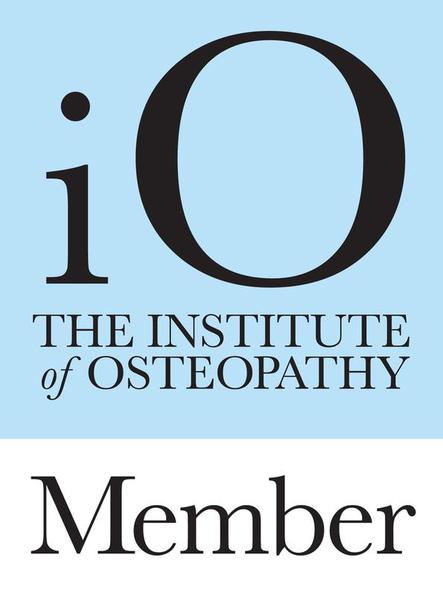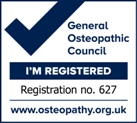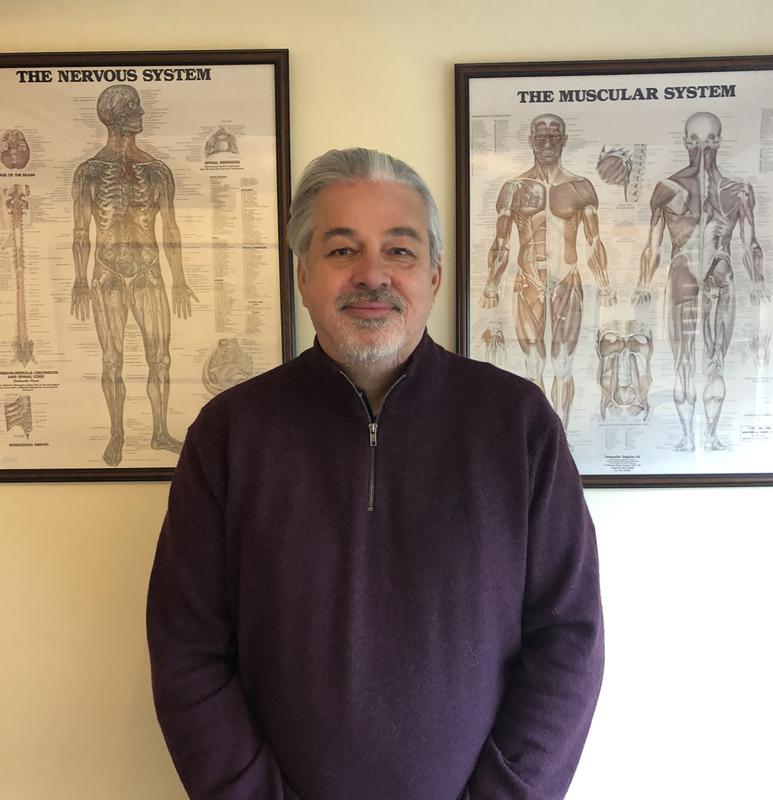Cherries and Arthritis
by rohan iswariah on 12/05/15
Did you know that researchers in Boston University Medical Center found that eating at least 10 cherries a day protected people with existing gout from recurrent attacks ?
This was published in a supplement to the journal Arthritis & Rheumatism in 2012.
Study Co-author Hyon K. Choi, MD says that “Cherry intake was associated with a 50 percent lower risk of gout flares over a 48-hour period,” and also commented “We extrapolate that cherries will continue to work long-term.”
It is believed that anthocyanins – plant pigments may well have powerful antioxidant and anti-inflammatory properties and these are found in both red and purple fruits. These include raspberries and blueberries, but cherries, especially sharp tasting cherries, contain the higher levels.
British researchers in a 2014 study in the Journal of Functional Foods found that drinking Montmorency tart juice reduced blood levels of gout-causing uric acid. Another study in the same journal found that eating whole cherries led to a similar increase in anthocyanins.
Researchers at Robert Wood Johnson Medical School in New Brunswick, N.J., saw a 50 percent reduction in flares when gout patients took one tablespoon of tart cherry extract – the equivalent of 45 to 60 cherries – twice a day for four months, although this was a small study.
There are other studies suggest that cherries may also help reduce symptoms of osteoarthritis (OA). In a 2013 article in Osteoarthritis and Cartilage, researchers at the Philadelphia VA Medical Center reported a significant improvement in pain, stiffness and physical function amongst patients who consumed two 8-ounce bottles of tart cherry juice daily for 6 weeks. A decrease in sensitivity to some inflammatory markers was also reported.
Other positive studies exist but more exploration is necessary to establish a viable cherry regimen. Additional information is available on the Arthritis Foundation website as written by Linda Rath. For other articles and information please see www.localosteopath.com/Osteopathy2
Rohan Iswariah D.O. (osteopath) 01491 838866 & 07788421890





